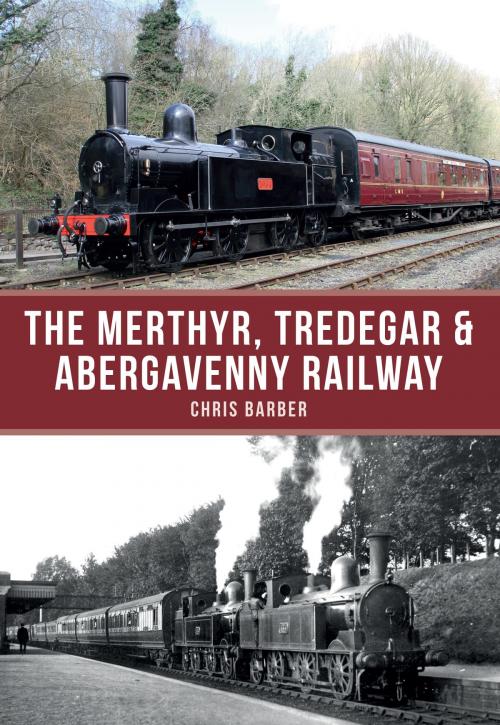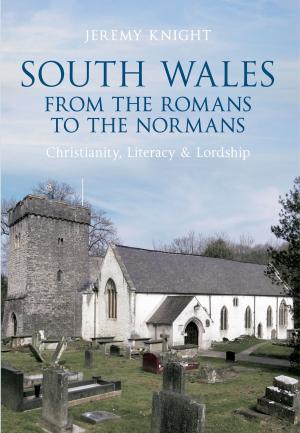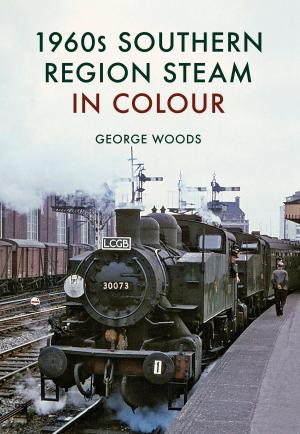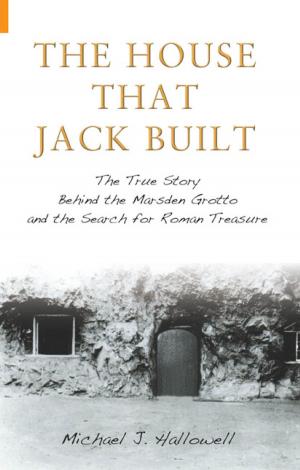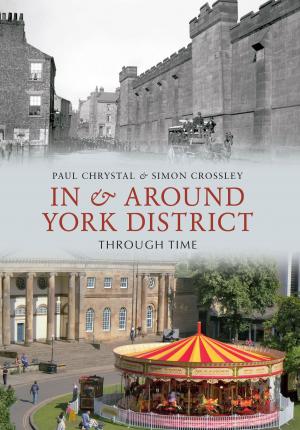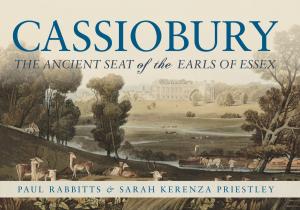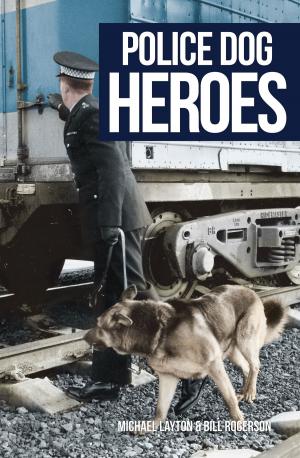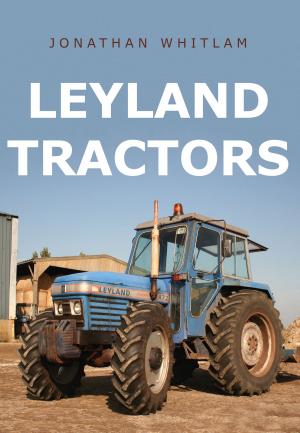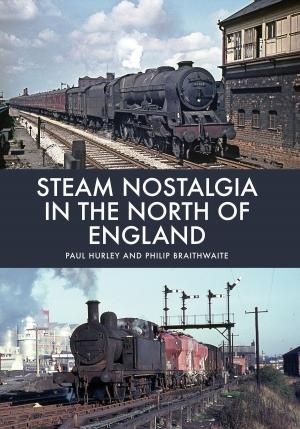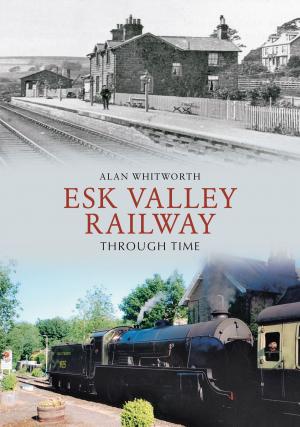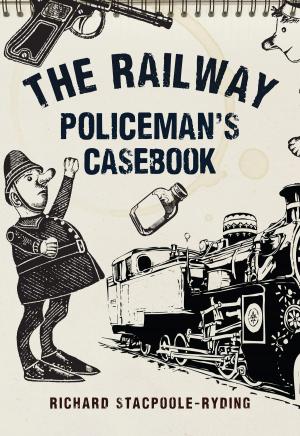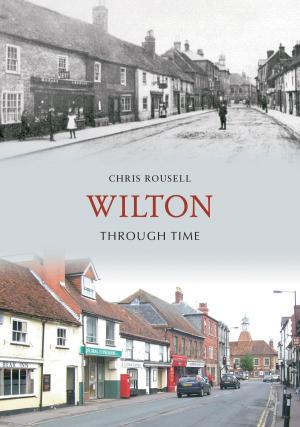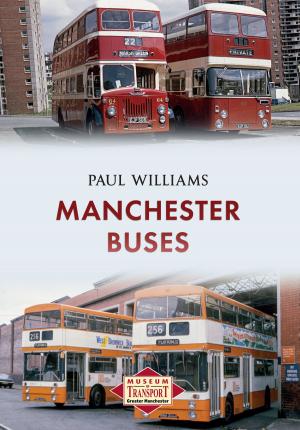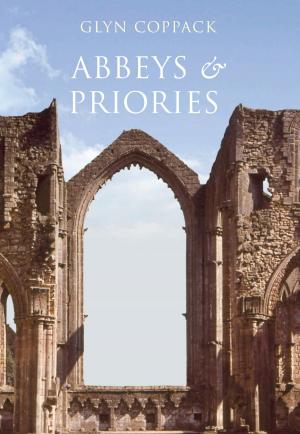The Merthyr, Tredegar & Abergavenny Railway
Nonfiction, Reference & Language, Transportation, Railroads| Author: | Chris Barber | ISBN: | 9781445663296 |
| Publisher: | Amberley Publishing | Publication: | November 15, 2017 |
| Imprint: | Amberley Publishing | Language: | English |
| Author: | Chris Barber |
| ISBN: | 9781445663296 |
| Publisher: | Amberley Publishing |
| Publication: | November 15, 2017 |
| Imprint: | Amberley Publishing |
| Language: | English |
The construction of the Merthyr, Tredegar & Abergavenny Railway was a remarkable engineering achievement. Not only was it one of the most spectacular railways in Britain, but it was also one of the most difficult to build, and its long and steep gradients made it one of the most expensive to operate. The section through the Clydach Gorge was particularly dramatic with the line twisting and turning, but climbing steadily along a ledge cut above the deep valley. The MT&A is remembered with much nostalgia, for in those days, Abergavenny was a thriving and important railway centre with three stations and the town was alive with a symphony of sounds such as the clang of hammers, the hiss of steam, whistles tooting and wheels clattering over joints and points. When railway activity in Abergavenny reached its peak, there were over a thousand people employed in jobs associated with this form of transport. Chris Barber has compiled this richly illustrated book to commemorate the sixtieth anniversary of the closure of this much loved railway in 1957. The last journey on the line took place almost a hundred years after the railway was first proposed, and if it still existed today, it would undoubtedly be a popular tourist attraction.
The construction of the Merthyr, Tredegar & Abergavenny Railway was a remarkable engineering achievement. Not only was it one of the most spectacular railways in Britain, but it was also one of the most difficult to build, and its long and steep gradients made it one of the most expensive to operate. The section through the Clydach Gorge was particularly dramatic with the line twisting and turning, but climbing steadily along a ledge cut above the deep valley. The MT&A is remembered with much nostalgia, for in those days, Abergavenny was a thriving and important railway centre with three stations and the town was alive with a symphony of sounds such as the clang of hammers, the hiss of steam, whistles tooting and wheels clattering over joints and points. When railway activity in Abergavenny reached its peak, there were over a thousand people employed in jobs associated with this form of transport. Chris Barber has compiled this richly illustrated book to commemorate the sixtieth anniversary of the closure of this much loved railway in 1957. The last journey on the line took place almost a hundred years after the railway was first proposed, and if it still existed today, it would undoubtedly be a popular tourist attraction.
